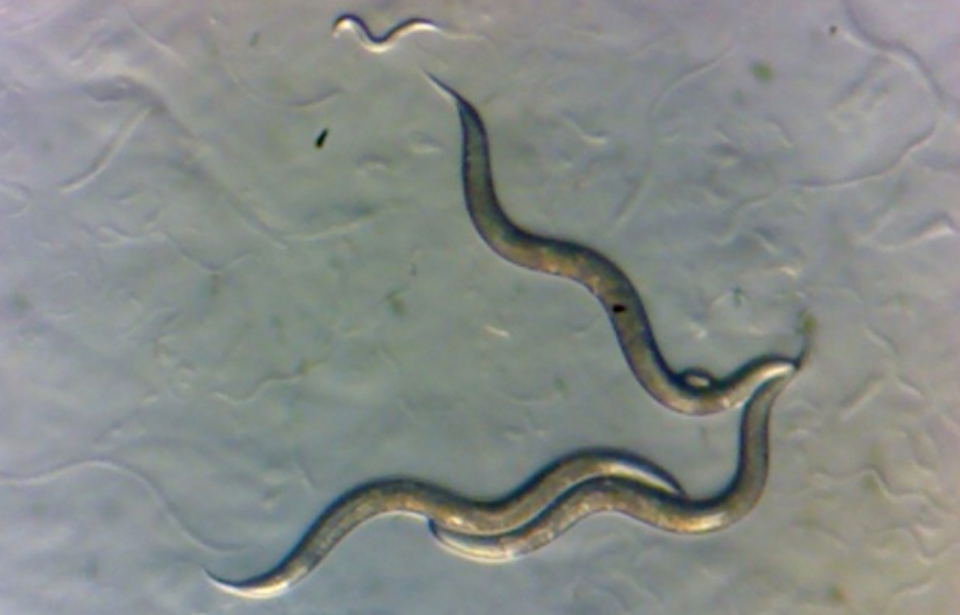In a new study, researchers looked at worms taken from the Chernobyl Exclusion Zone (CEZ) to see what kind of genetic mutations were caused by the dangerously high radiation levels. After the nuclear explosion, approximately 2,600 square kilometers surrounding the power plant were deemed unsafe for human habitation, but plants and animals continue to call the area home. What researchers found after analyzing the worms was what some have described as a ‘superpower.’
Gathering samples at the CEZ
Following the explosion in 1986, Chernobyl and the surrounding area became the most radioactive stretch on Earth. While humans had to be evacuated from the area and are still restricted from visiting, plants and animals continue to inhabit the radioactive environment. The radiation has caused genetic mutations, resulting in new animal species different from those not exposed to radiation.
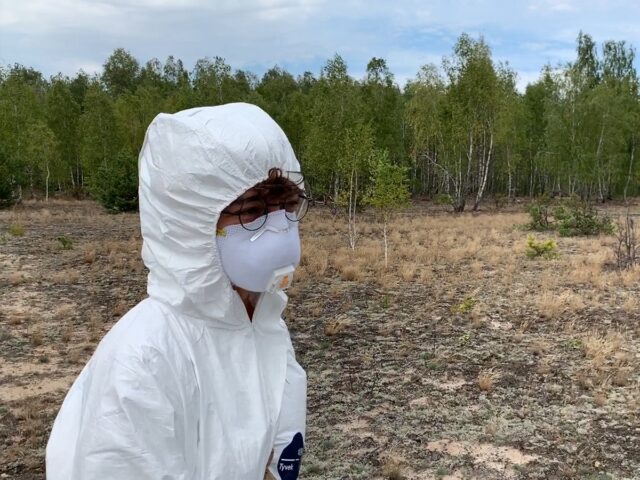
A team of biologists from New York University carried out a study to try and get a better idea of the effects of the radiation on species living in the area. “Chornobyl was a tragedy of incomprehensible scale, but we still don’t have a great grasp on the effects of the disaster on local populations,” said Sophia Tintori, lead author of the study. “Did the sudden environmental shift select for species, or even individuals within a species, that are naturally more resistant to ionizing radiation?”
To conduct the research, the team collected hundreds of nematodes from various areas in the CEZ, including leaf litter, soil, and rotten fruit. Due to the dangerous levels of radiation to humans, they had to wear protective suits to shield them against radioactive dust. Now, research suggests these nematodes have developed a new ‘superpower.’
Why study nematodes?
Nematodes are microscopic worms that can be found practically everywhere and are exceptionally tough. In the past, researchers have seen nematodes reawaken after being frozen in permafrost for thousands of years. However, what makes them particularly ideal for this study is that they live short lives, so their ‘generational’ response to toxins, their DNA repair abilities, and their biological development could all be analyzed in this one sample set.
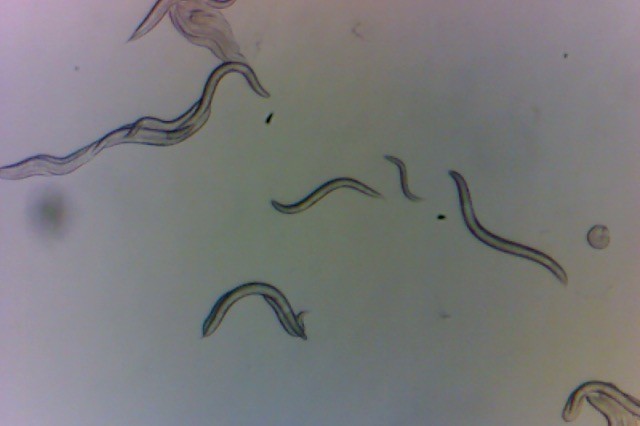
“These worms live everywhere, and they live quickly, so they go through dozens of generations of evolution while a typical vertebrate is still putting on its shoes,” said Matthew Rockman, a professor of biology at NYU and the study’s senior author. “We can cryopreserve worms, and then thaw them for study later,” he explained. “That means that we can stop evolution from happening in the lab, something impossible with most other animal models, and very valuable when we want to compare animals that have experienced different evolutionary histories.”
Comparing nematode samples has shown surprising results
The sample of CEZ nematodes was compared against other samples taken from places across the world, including the US, Australia, the Philippines, Germany, and Mauritius. As expected, their genetic distance from the other nematodes proved that they were more genetically similar to themselves than their distant geographical counterparts, but what was surprising was that there were no clear signs of DNA damage from the radiation. Their ‘superpower’ is that they appear to be immune to it.
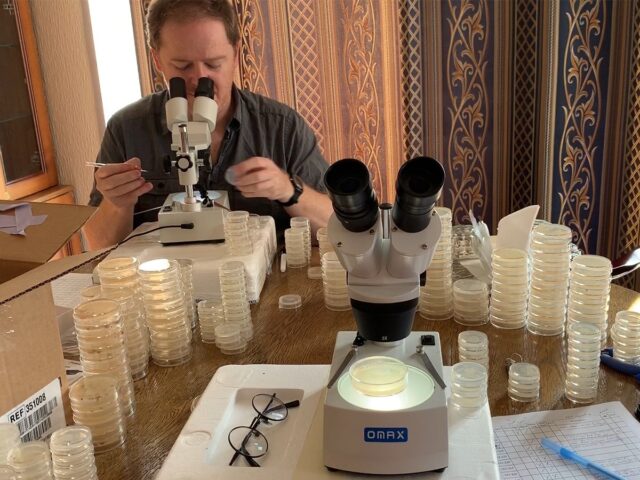
The study found that there was no correlation between the mutation rate of the worms and the strength of the ambient radiation from the specific environment they were collected from. In other words, samples taken closer to the center of the CEZ did not show higher rates of mutation than those collected from the outskirts of the CEZ. Additionally, testing the descendants of the worm strains proved that there was no correlation with the ambient radiation their ancestors were exposed to.
What this could mean for future research
While these new findings are remarkable, they don’t mean that the CEZ is a safe, hospitable place. In fact, we know that the area will not be safe for human habitation for thousands of years. Instead, the research shows that the worms were able to develop some kind of resiliency to the conditions they were subject to. This could help in future research on DNA repair mechanisms, which could possibly be adapted for use in human medicine later on.
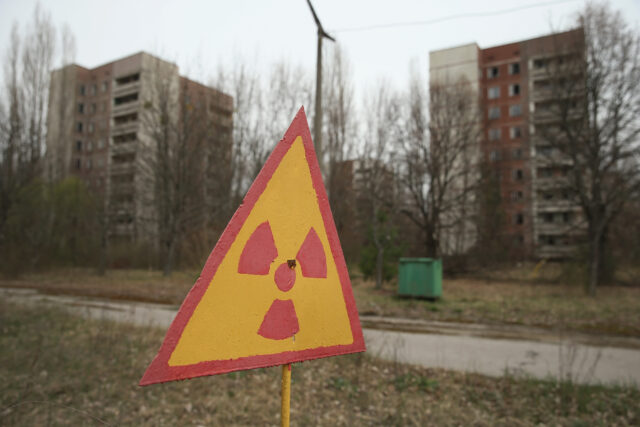
By studying the nematodes, they hope that their findings could help other researchers determine why some humans are more susceptible to cancers than others.
More from us: Archaeologists Solve Mystery of 2,000-Year-Old Corpse Found In Britain
“Now that we know which strains of O. tipulae are more sensitive or more tolerant to DNA damage, we can use these strains to study why different individuals are more likely than others to suffer the effects of carcinogens,” Tintari said. “Thinking about how individuals respond differently to DNA-damaging agents in the environment is something that will help us have a clear vision of our own risk factors.”
